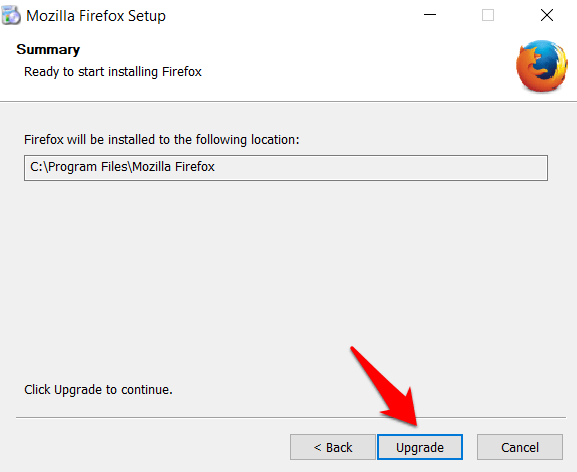

The only problem about this approach is that sometimes new versions of Microsoft Edge can rollout with bugs or cause unexpected problems. Unlike the legacy version, the Chromium version of Microsoft Edge receives updates periodically indefinitely from the operating system to deliver fixes, improvements, and new features in the same timely fashion as other modern browsers (such as Firefox and Chrome). If you are not satisfied with the current Firefox version or it simply is not working right now, there are alternative browsers that you can use to browse the web.On Windows 10, you can roll back to a previous version of Microsoft Edge as needed, and you can complete this task in two different ways, and in this guide, you’ll learn how. Use the latest version of another browser. For more information, see the article Switch to Firefox Extended Support Release (ESR) for personal use. Firefox ESR does not come with the latest features but it does have the latest security and stability fixes. Firefox Extended Support Release (ESR) is an official version of Firefox developed for large organizations, such as universities and businesses, but it can also be used for personal computers. Install Firefox Extended Support Release. Instead of downgrading to an older, insecure version of Firefox and changing your update settings, you should consider these alternatives: In the General panel, go to the Firefox Updates section. Click the menu button and select Settings. Click the menu button and select Options Preferences. In the Menu bar at the top of the screen, click Firefox and select Preferences. To prevent Firefox from automatically updating itself after you install an older version, you'll need to change your Firefox update settings: Important: By default, Firefox is set for automatic updates.


 0 kommentar(er)
0 kommentar(er)
